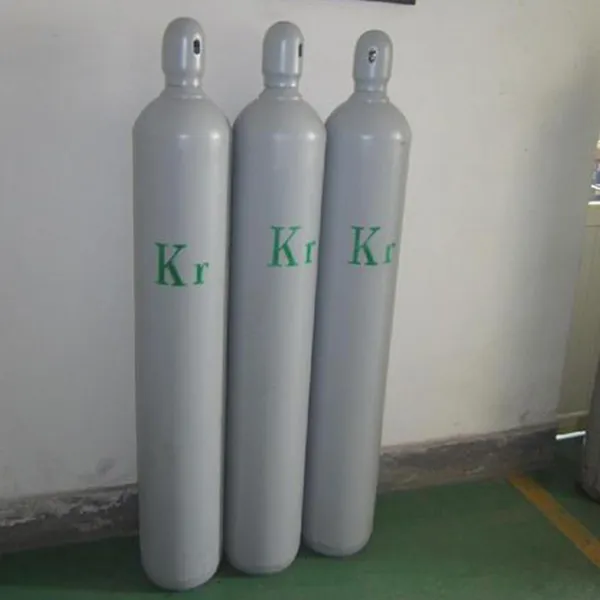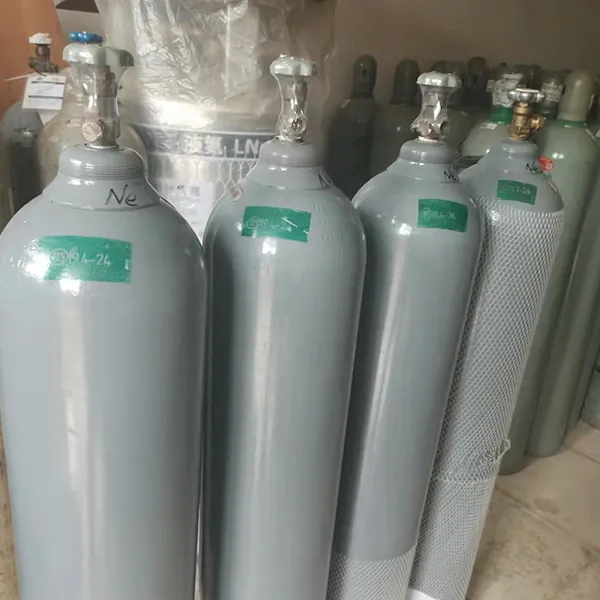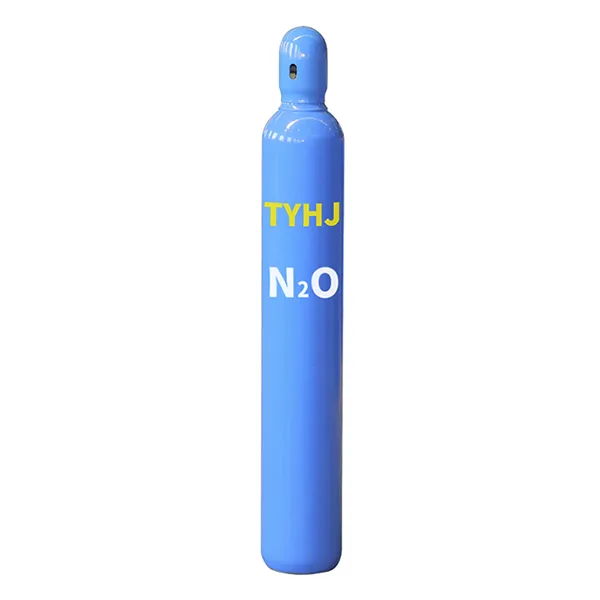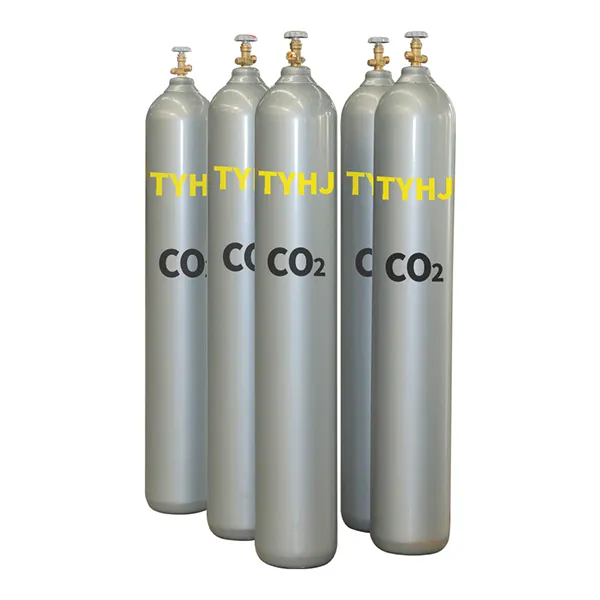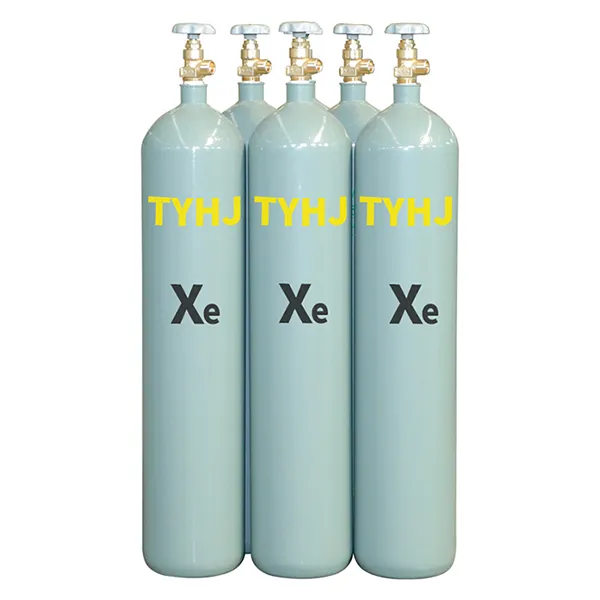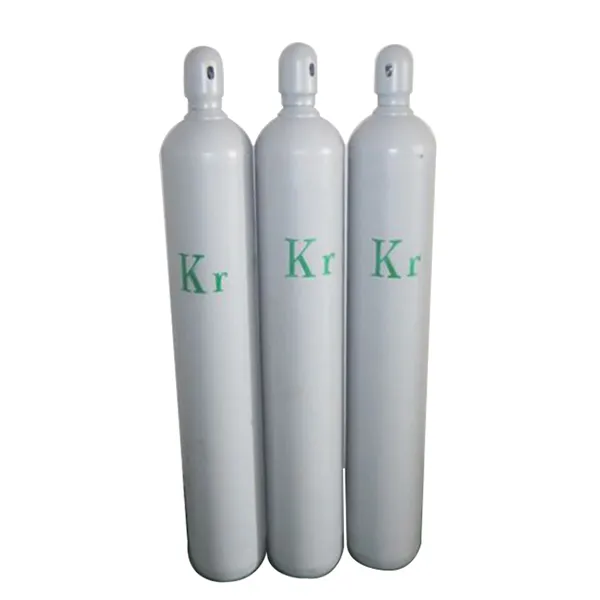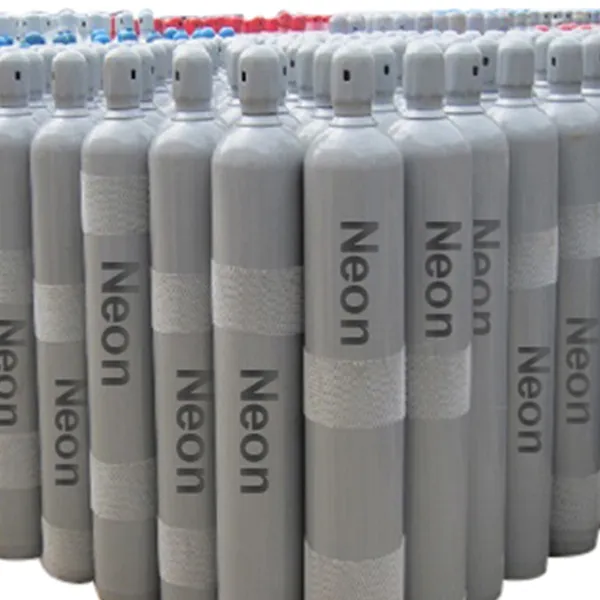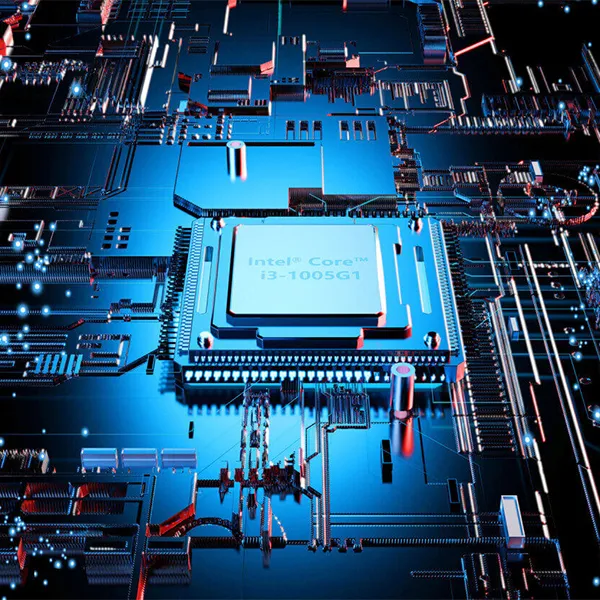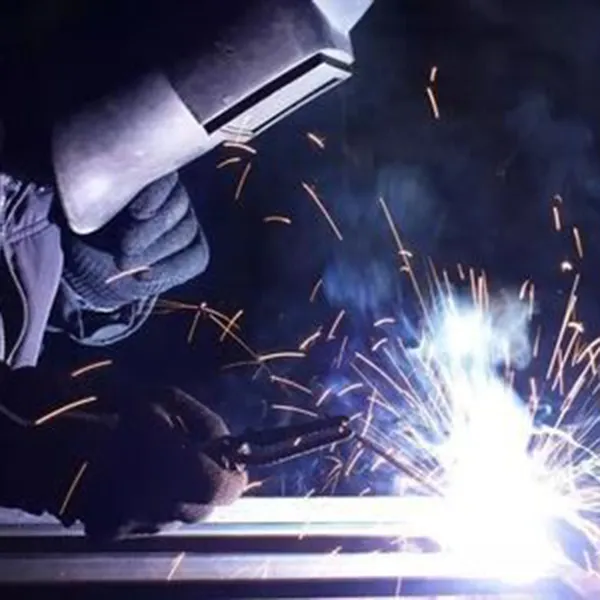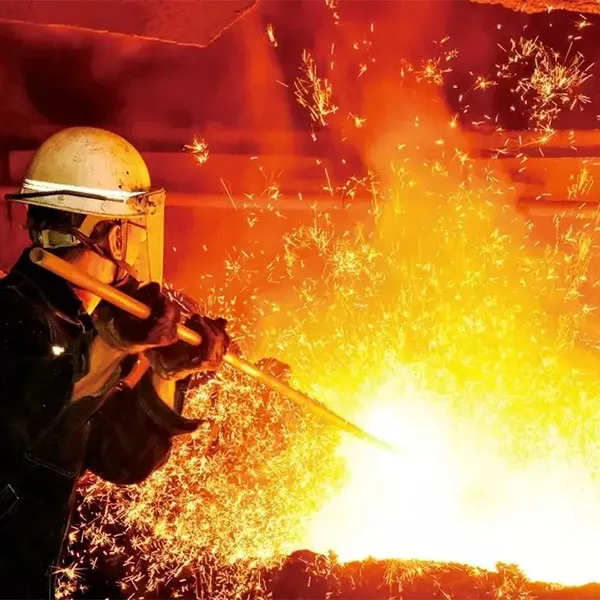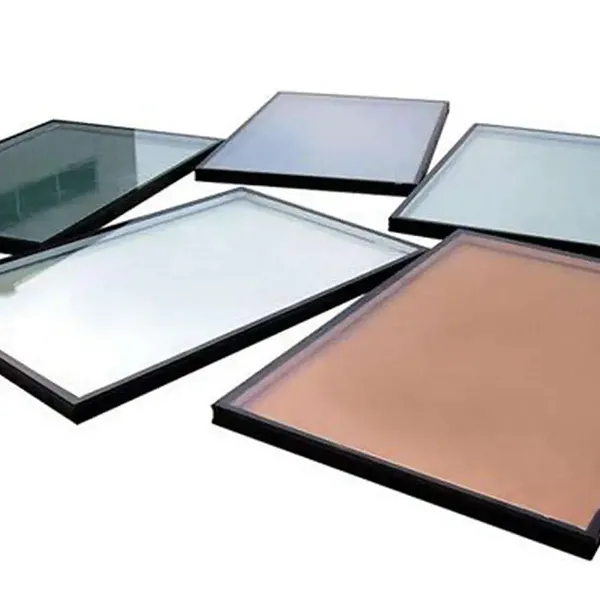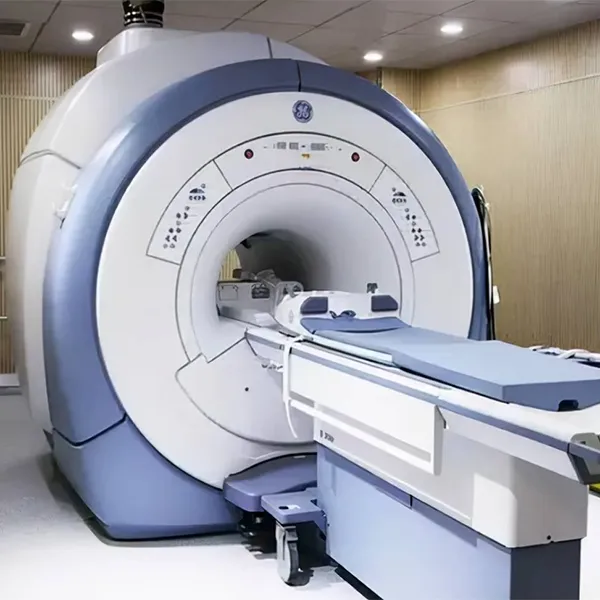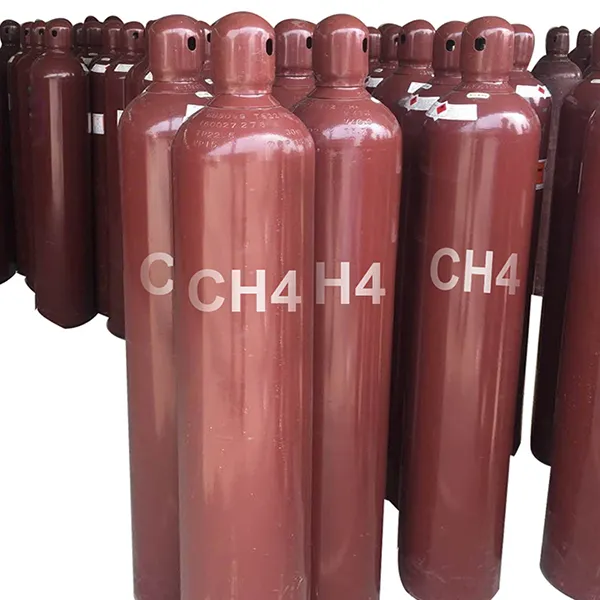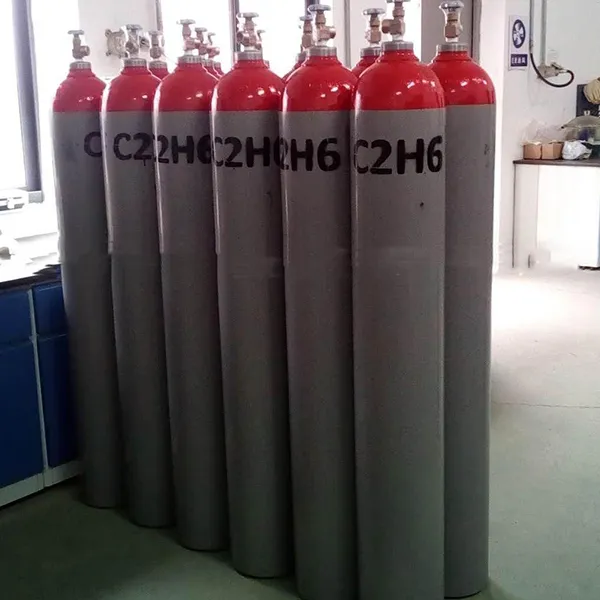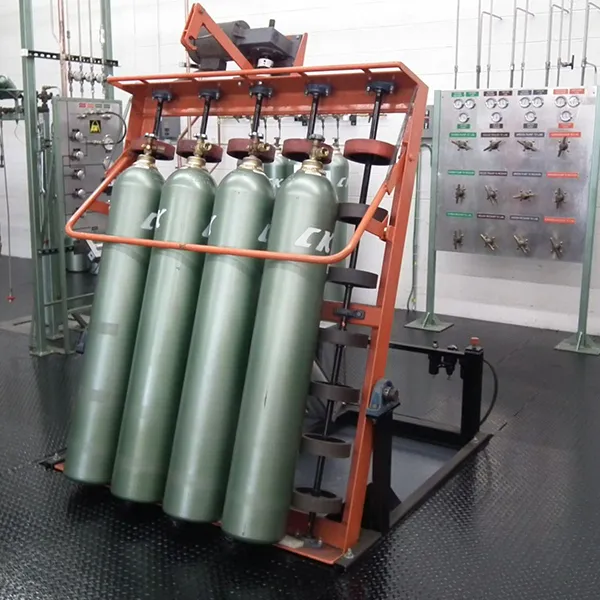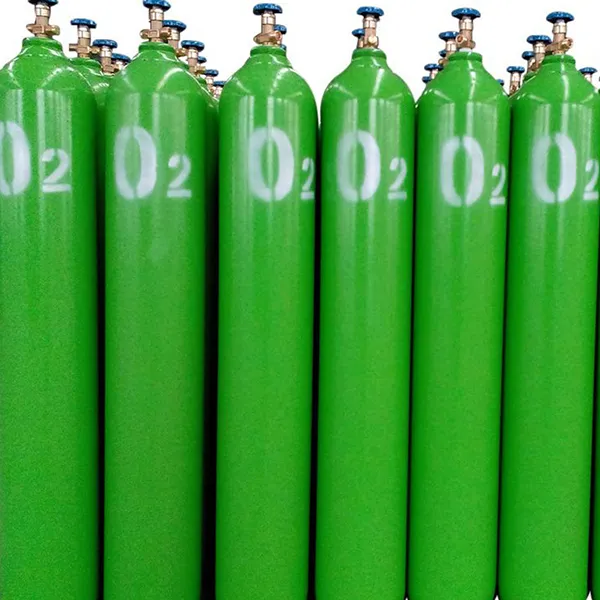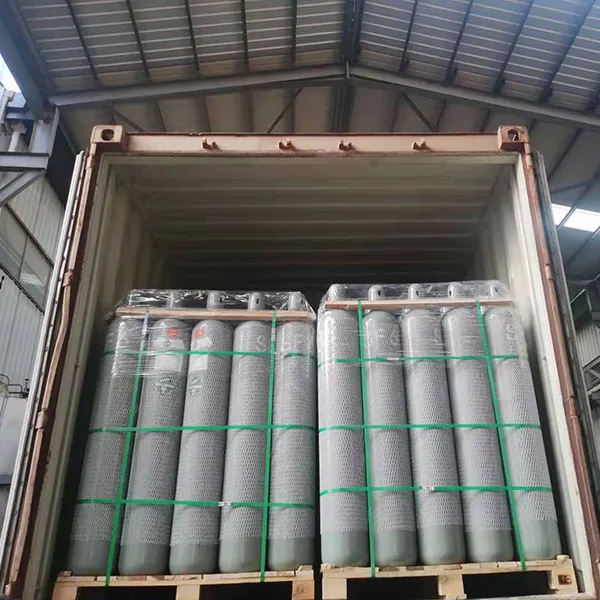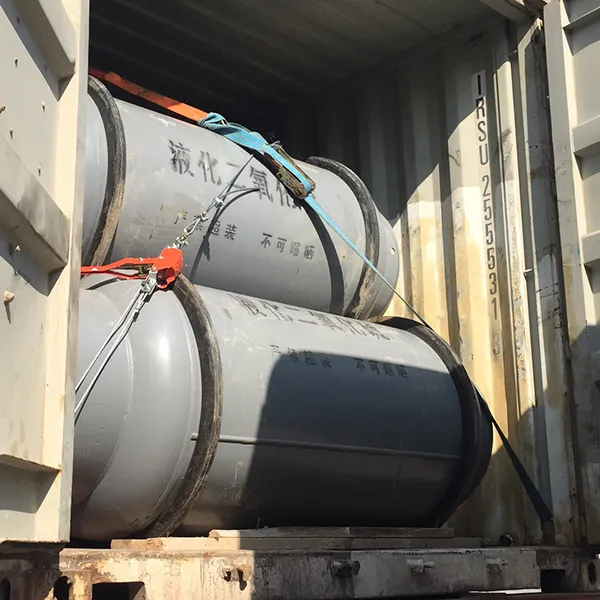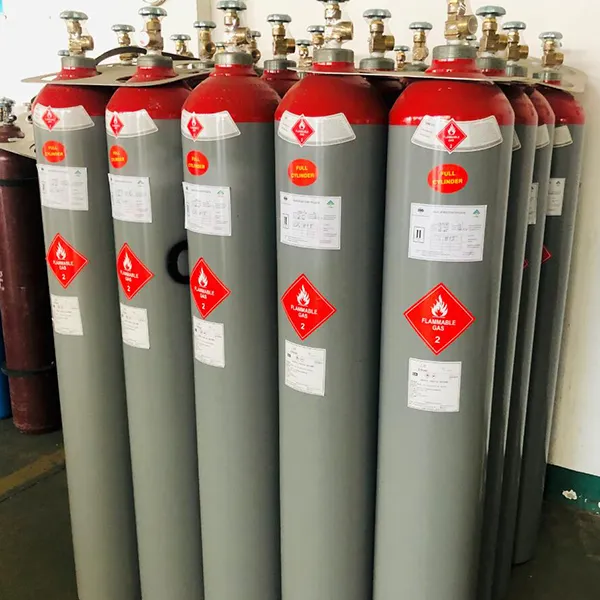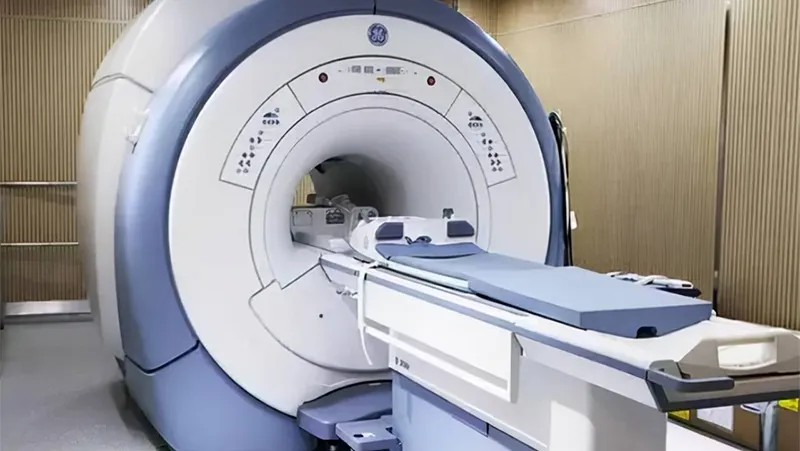
In healthcare and medical fields, gases are crucial for various applications. Some gases are directly used for treatment, such as anesthesia, while others drive medical equipment and tools or are used in medical experiments and bacterial or embryo culture. Commonly used gases include oxygen (O2), nitrous oxide (N2O), carbon dioxide (CO2), argon (Ar), helium (He), nitrogen (N2), and compressed air.
- Oxygen (O2)
Administered through ventilators to supplement oxygen for patients with hypoxia. Typically, the oxygen concentration does not exceed 30-40%. It is also used in hyperbaric chambers to treat decompression sickness and carbon monoxide poisoning, and for drug nebulization. - Nitrous Oxide (N2O)
Inhaled in small amounts for its anesthetic and analgesic effects. Medically, a mixture of nitrous oxide and oxygen (65% N2O + 35% O2) is commonly used as an anesthetic. - Carbon Dioxide (CO2)
Used to inflate the abdomen and colon for laparoscopic and fiber optic colonoscopy examinations. It is also used in laboratories to culture anaerobic bacteria. High-pressure carbon dioxide is utilized in cryotherapy to treat cataracts, vascular diseases, and other conditions. - Argon Gas (Ar)
During surgeries, argon is used to lower the temperature of the surgical site, reducing oxidation and charring of tissues. It is commonly used in high-frequency argon plasma surgery instruments. - Helium (He)
Similar to argon, helium is often used in high-frequency helium plasma surgical instruments. - Nitrogen (N2)
Used to drive medical devices and tools, as well as in medical cryotherapy. - Xenon (Xe)
Primarily used in CT scanners, where xenon absorbs energy and ionizes, with the ions accelerating and striking a metal plate to produce X-rays. The processed data from X-ray exposure creates sectional or 3D images of the human body. - Neon (Ne)
Used as an auxiliary material to enhance the intensity of laser light sources in hospitals, aiding clinical doctors in accurate diagnosis and treatment. Neon (Ne) is commonly used for cleaning and replacing gases in laser surgical machines.
- Nitrous Oxide (N2O)
- Carbon Dioxide (CO2)
For more detailed information or to discuss your specific needs, please contact us. We are here to provide comprehensive solutions for your medical gas requirements.


